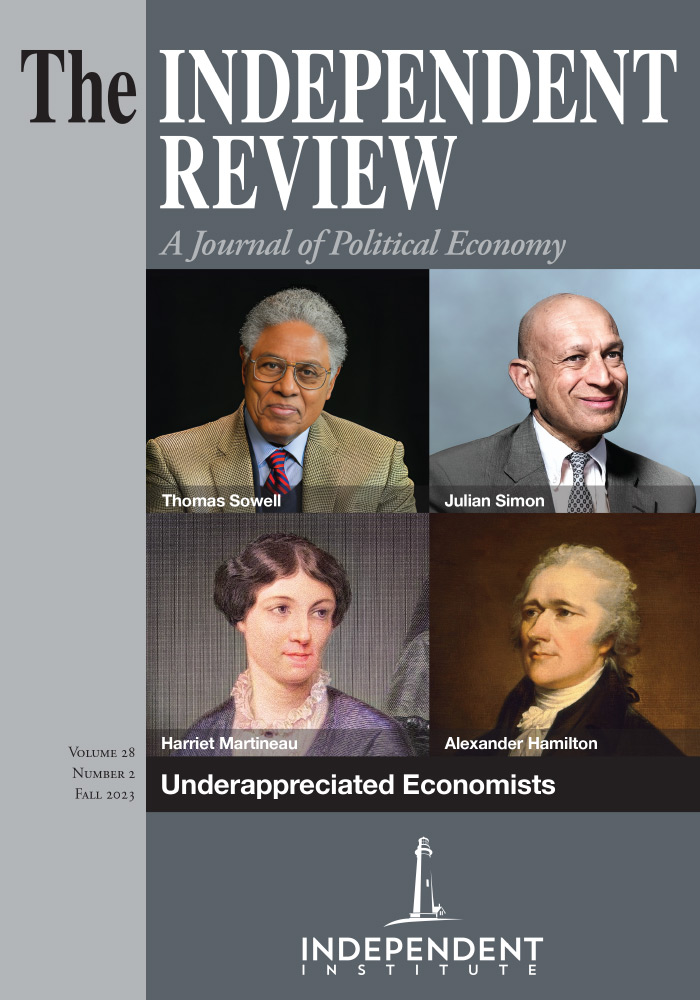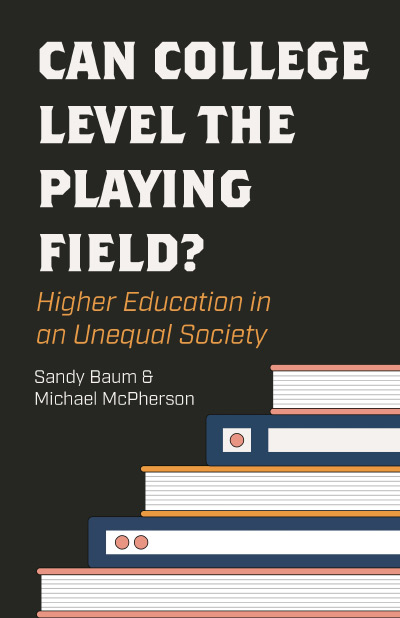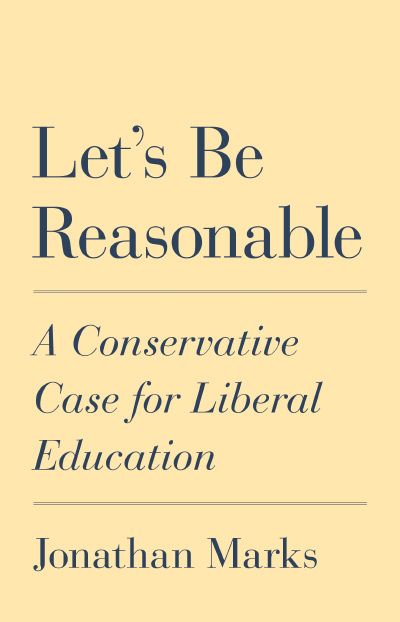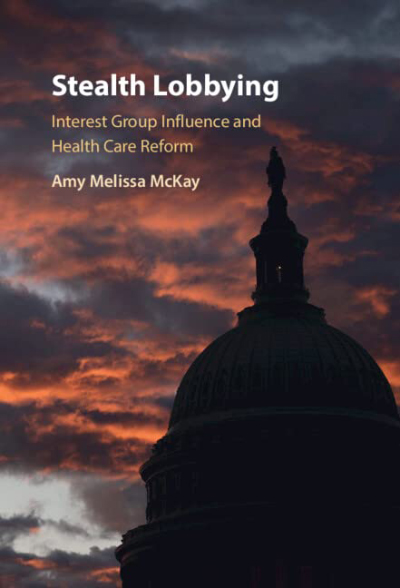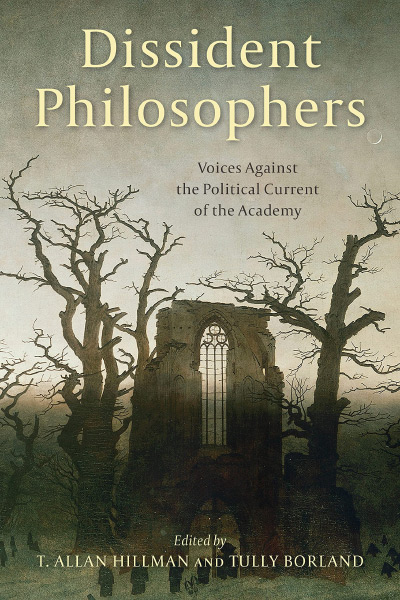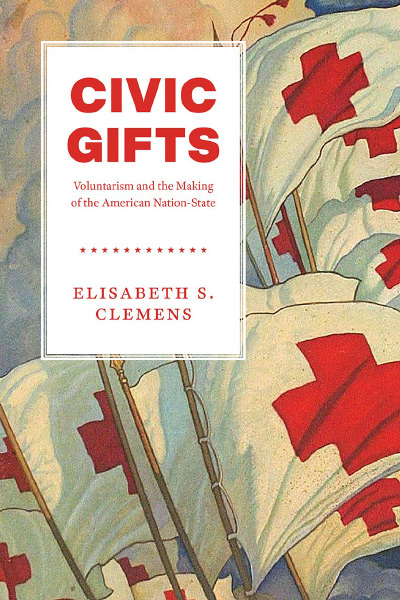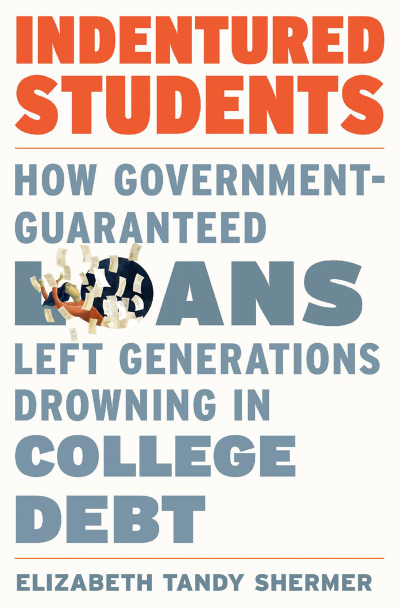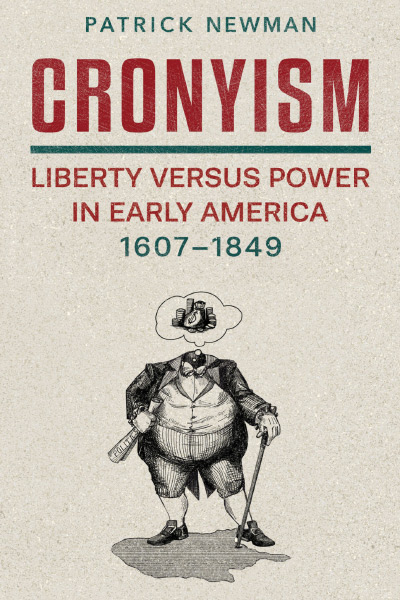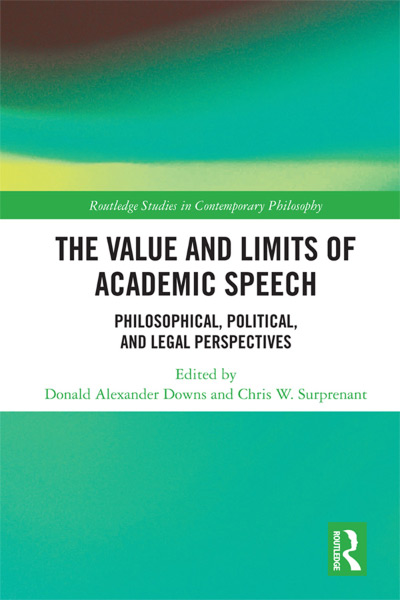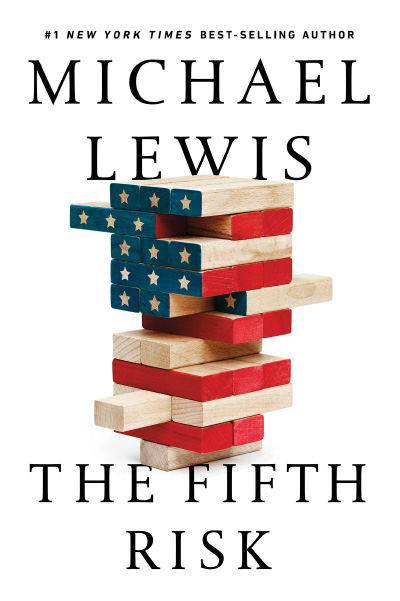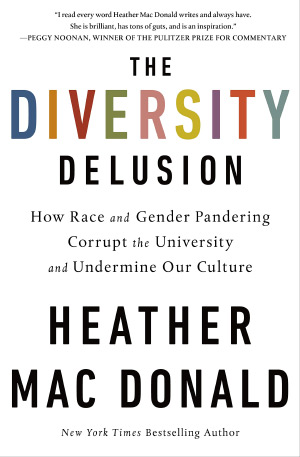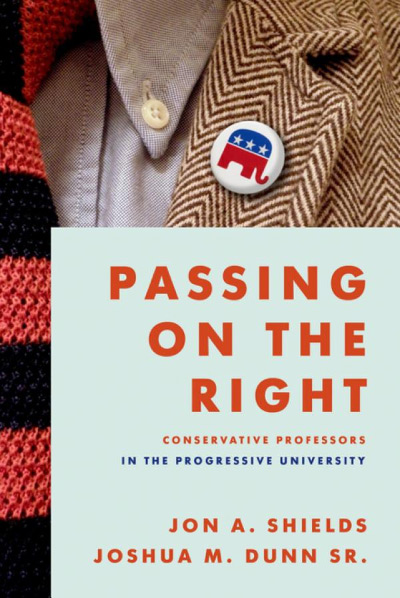Sandy Baum and Michael McPherson conclude that college can’t do much to level the playing field all by itself: “to remedy inequality in access to higher education opportunities and their outcomes we must both mitigate the inequalities facing children and diminish the extreme variation in labor market rewards facing students as they emerge from school and move on through their working lives” (p. 2). The postsecondary educational system must do more to compensate for problems like “inferior K-12 experiences, poor neighborhoods, inadequate housing and health care, and limited opportunities for emotional and intellectual development” but “it cannot eliminate their effects” (p. 2). Instead, the authors lament, “at every stage of life, forces that make for greater inequality have been gaining strength” (p. 5, emphasis added) and our colleges have often helped to increase inequality. So, “reversing the spiral of inequality across generations requires much broader social reforms” (p. 8), which generally require taxpayers to spend much more to address social ills. Unfortunately, their list of factors that handicap children from poorer households omits some of the most important forces causing inequality—especially cultural factors like the decline in marriage and a reduction in the belief in personal responsibility.
I suspect that their worries about education and spiraling inequality are overstated. Their preferred measure of inequality—the Gini coefficient for income in the United States (before taxes and transfers)—did rise significantly in the 1980s and early 1990s. However, income inequality rose from the lowest level in our country’s history and has essentially plateaued since then. In fact, according to the Federal Reserve of St. Louis’s website, the Gini fell sharply in 2020, reaching its lowest level since 1992—although this may be temporary. Perhaps more important, over the past half century the rise in consumption inequality—which can differ from income inequality due to taxes, transfers, gifts, savings, borrowing and other factors—has been very small, as demonstrated by Bruce Meyer and James Sullivan.
In addition, at times the authors adopt a zero-sum mentality—stating, for example that “if everyone earned a bachelor’s degree, earning a degree would be just enough to stay in place” (p. 16). That may be true if all we care about is relative status, but it would be a sad world if that was our primary concern. Reducing absolute poverty is much more important, but the authors don’t always recognize that this is generally accomplished by making workers more productive. Instead, they state that reducing “absolute poverty is a straightforward task in principle. We could simply provide more resources to the households whose incomes fall below some specified cutoff, such as the official poverty lines, ensuring that no none lives below that level” (p. 30). Unfortunately, this kind of response to absolute poverty often makes things worse by disincentivizing people from taking care of themselves and their families.
Despite these issues, Can College Level the Playing Field? provides valuable statistics on our educational system and its economic impacts. One figure reports that among 40-year-olds whose parents were in the lowest income quintile (the bottom fifth), 45 percent of those without four-year college degrees remained in the lowest income quintile, while among those in the same group who earned a college degree, 43 percent rose into the top two quintiles (the top 40 percent of the income distribution). Education can have a powerful payoff and education levels have been rising. Figure 3.6, using data from the Digest of Education Statistics, shows that the share of high school graduates enrolling immediately in college was only 32 percent for low-income families in 1976, while it was 65 percent among high-income families. This figure rose to 67 percent among low-income families in 2016 but didn’t keep up with the increase to 83 percent among high-income families. All-in-all, however, that is considerable convergence. The authors’ main complaints, then, are that education levels haven’t been converging enough, and that beginning college and completing it don’t go hand in hand. Although the authors bemoan a society that “seems all but indifferent to” the human dignity and prospects of children (p. 107), data they present show that we aren’t indifferent and do make considerable efforts to assist the poor and vulnerable. For example, Table 7.2 (from Jennifer Ma, Sandy Baum, Matea Pender and C.J. Libassi, Trends in College Pricing, 2018) shows that net tuition and fees at public four-year colleges and universities are zero for 58 percent of students from households with incomes below $35,000 per year (and below $5000 per year for most of the rest), falling to 8 percent for those from families in the top quarter.
This information comes in the most perceptive chapter of the book, which argues against popular policy “fixes.” In this chapter, Baum and McPherson—both of whom have spent their careers studying higher education—conclude that the “reliance on technology to reduce the cost of educating large numbers of students appears, at least to date, to be a disappointing innovation. The idea is that it will be cheaper to provide education online than in person.... [But] students with weak academic backgrounds are less successful in purely online courses than when they have in-person contact with faculty and other students” (p. 175). “Students who take online classes appear to do less well in subsequent courses and are more likely than others to drop out of school” (p. 177). Online courses seem to require “more self-discipline, time-management skills, and confidence than needed in traditional classroom courses” (p. 178). In this chapter Baum and McPherson devastate the idea of making college “free.” They rightly point out that zero tuition doesn’t mean zero opportunity cost, so “tuition and fees account for a small share of the expenses most students must cover when they are in college” (p. 184, emphasis in the original). “Free” college would backfire, they fear, by undermining quality. They are especially harsh toward the idea of the federal government wiping out educational debt—the $1.5 trillion it would sacrifice “could cover a Pell Grant program double its current size for about twenty-five years—likely having a significant effect on educational attainment” (p. 196).
What can colleges themselves do to level the playing field? Baum and McPherson’s primary advice is that colleges should make student success a top priority. Isn’t that what they already do? Not quite. Instead, most colleges make their own success—such as their prestige and endowments—the top priority. Baum and McPherson urge the wealthiest and most selective schools to expand their enrollments, for example, but they rarely do because this action would reduce their rankings. They advocate spending more per student at less-selective colleges—“leveling up rather than leveling down” (p. 201)—but it might work better if state legislatures did more to rein in wasteful spending at the top universities, forcing them to measure success in student learning, rather than in their rankings. And this is, perhaps, the greatest shortcoming of Can College Level the Playing Field?—its relative lack of attention to what is going on in colleges and universities, where grasping for prestige and pushing a political agenda have often crowded out attention on learning and adding value for students.
| Other Independent Review articles by Robert M. Whaples | ||
| Summer 2024 | The Journey of Humanity: The Origins of Wealth and Inequality | |
| Summer 2024 | Of Boys and Men: Why the Modern Male Is Struggling, Why It Matters, and What to Do About It | |
| Summer 2024 | These United States: Our Nation’s Geography, History and People | |
| [View All (96)] | ||

